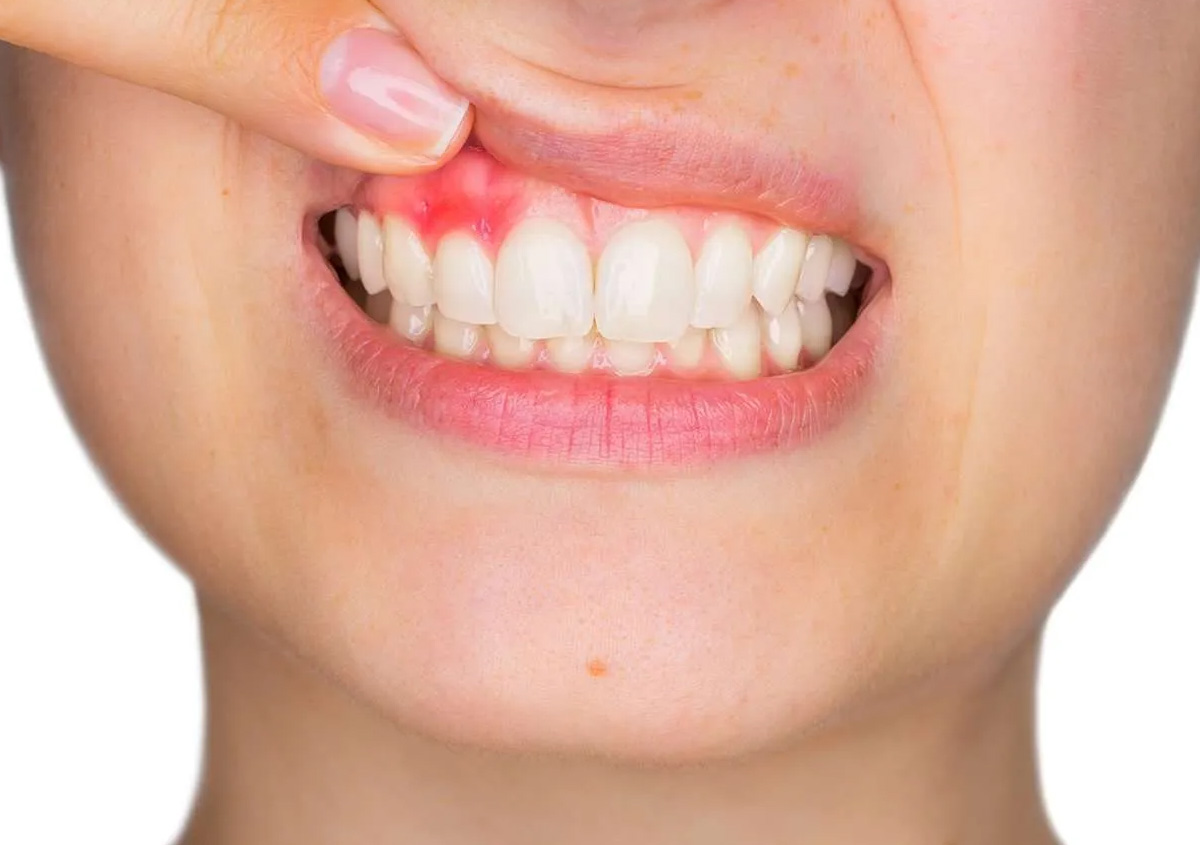A guide to gum disease prevention, diagnosis, and treatment
The earlier we at the practice of Sanjay Dhir, DDS can diagnose gum disease, the better. A progressive condition, gum (periodontal) disease, can be halted, and its effects can even be reversed if treated in its earlier stages. Untreated, advanced periodontal disease (periodontitis) is a leading cause of tooth loss. It eats away at the supportive gummy attachments and bone, which leads to damage that cannot be resolved with measures such as root canal therapy. The affected tooth either falls out or must be extracted to ease pain and other debilitating symptoms and resolve the infection. While we can stop this destructive process in its tracks, Dr. Dhir also partners with patients in San Diego, California, to prevent the condition from arising in the first place.
Proactive care
Guidance on oral hygiene at home, and regular hygiene appointments at our practice, maintain the health of your gums. Early-stage gum disease (gingivitis) may be noticeable when you brush. You may notice blood on your toothbrush or floss, or your gums may appear redder than usual and swollen or tender. Some patients don’t notice anything.
For this reason, we need to check your gums at least once every six months to assure you don’t unknowingly have periodontal damage. By the time symptoms present themselves, the disease may have progressed to its advanced periodontitis stage. This stage is characterized by changes in how the upper and lower teeth fit together (bite), receding gums, and new spaces between teeth. Once the bone is lost, it is lost for good.
Diagnostics
During routine check-ups, we use diagnostic tools and technologies to detect active disease and assess the extent or stage of gum disease. We can measure the pockets or spaces that form between the teeth and gums as the disease marches on. Generally, the healthy gum tissue is characterized by pockets between 1 to 3 millimeters, whereas gingivitis and mild periodontitis can range from 4 to 6 millimeters. Moderate and advanced periodontitis produce pockets that are anywhere from 6 to 12 millimeters in depth. What we find during your exam informs our treatment approaches.
Multi-faceted therapies
It may be necessary to get you on a course of antibiotics to resolve the active infection. Likewise, we may recommend a “deep clean” alternative to standard professional cleaning. Scaling and root planing (SRP) removes bacteria and plaque underneath the gum line and smooths the tooth roots whose uneven surfaces attract germs. These and other techniques are designed to promote healing and the healthy reattachment of the gums to the teeth. For those patients who have gum disease and those with risk factors for it, we will generally schedule more frequent follow-up and maintenance visits.
The gum-systemic connection
Risk factors include habits such as smoking and tobacco use and chronic medical conditions, and the medications used to treat them. Poor blood sugar control, for instance, is associated with gum disease. Conditions such as diabetes can affect our body’s defenses and healing, which makes us more susceptible to frequent infections and sicknesses. Many drugs prescribed to treat common diseases also have side effects that can present challenges to the health of our teeth and gums. These links underscore the role that gum health plays in the health of our whole body. Periodontal bacteria and inflammation are associated with other diseases, ranging from heart disease to respiratory disease and osteoporosis. By protecting these supportive structures, you not only protect your teeth and attractive smile. You are also doing your body and overall wellbeing a world of good.
Get or keep your health on the right track. Call Sanjay Dhir, DDS, at (858) 358-5801 to schedule your visit today.





